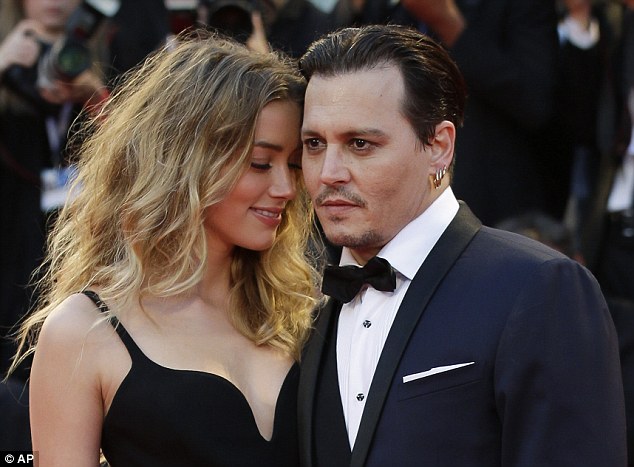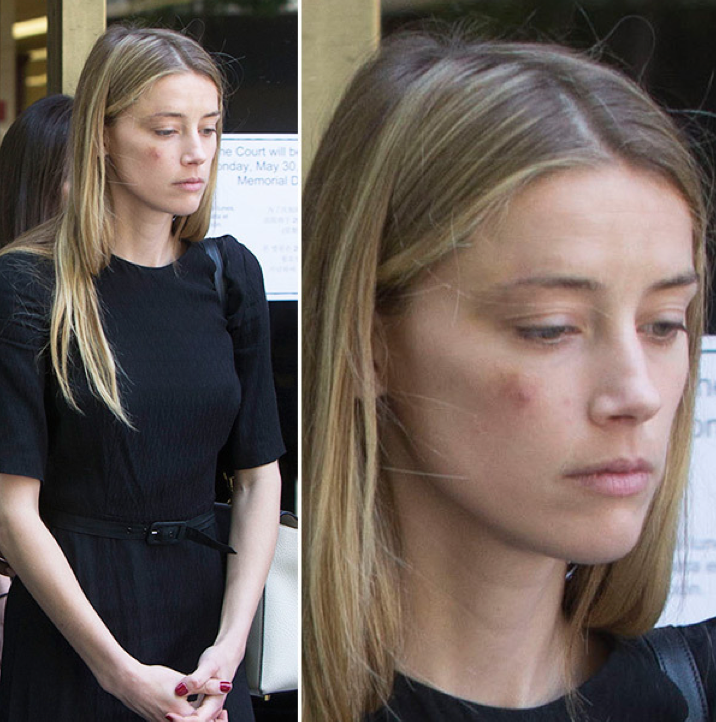Why Did It Take Intimate Partner Violence To Start Defending Amber Heard?
By Matilda Douglas-Henry
WARNING: This article contains descriptions of domestic violence.
Vilification in the media is something the queer community is regularly subject to. If we want exposure, we’re tragically guaranteed to cop a bit of abuse too. It’s the case for all minorities, and misogyny remains one of the most ingrained and pervasive forms of online bullying.
Last Monday, the actress Amber Heard filed for divorce from her husband, fellow actor Johnny Depp. His mother had died a matter of days before. This morning, Heard was granted a restraining order against him, and images were released of her damaged face.
“During the entirety of our relationship, Johnny has been verbally and physically abusive to me. I endured excessive emotional, verbal and physical abuse from [him],” she said in an official statement.

Only now – with the explicit and disturbing mention of domestic violence – have the media started portraying Heard as a sympathetic person. Until this point, she was depicted as a young, greedy, relentless pursuer of Depp’s money; a heartless woman who had the nerve to file for divorce days after the death of his mother. Even the most progressive of media publications were aligning with Depp.
This is not about Heard being heartless. This isn’t even about her personality, because it wouldn’t matter either way. This is yet another tiresome example of the media subtly manipulating their audience to interpret women as difficult, cold and accusatory. And for what? To protect Johnny Depp – gothic Hollywood heartthrob, pop culture icon; a man who couldn’t possibly be in the wrong.

If Heard hadn’t explicitly come forward with these images, she would still be receiving daily vilification. In a world where approximately one in three women experience domestic violence, how can we only believe their side of the story when we have concrete evidence to prove it?
Amber Heard is a queer woman. Prior to marrying Depp, she was in a long-term relationship with the artist Tasya van Ree. She came out in 2010 at a GLAAD event, citing her decision to do so as “when I became aware of my role in the media”. As someone who endeavoured to use her position of power as a vehicle to motivate and influence inclusion, it’s an ironic tragedy that she is being chastised for exactly what she hoped to fight.

Identifying as queer, and ultimately marrying a cisgendered heterosexual man, unfairly poses a huge risk. It’s likely that Heard has already been somewhat ousted from the queer community she was once a part of. It’s always been a relatively baffling element of queerness to me. A woman identifying as a lesbian extends beyond who she is sleeping with. A bisexual person doesn’t become gay or straight when they commit to a specific partner. It is totally counterproductive, then, to reject someone as queer – and that’s all there should be to it.
I am thinking of Amber Heard. I’ve felt concern for her long before these devastating photos surfaced, and I’ll continue to think of her long after they cease making front-page news. The power of the media cannot be rivalled. They are complicit in a much larger issue – proving daily that harassment exists in places you might not see it. I can only hope that as their most recent target, Heard – a queer, open-minded, incredibly talented feminist – has the support she needs through this very painful time.

